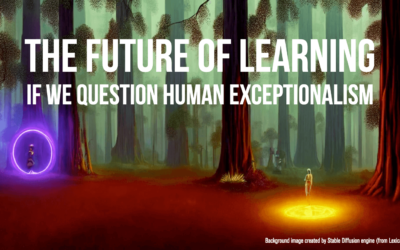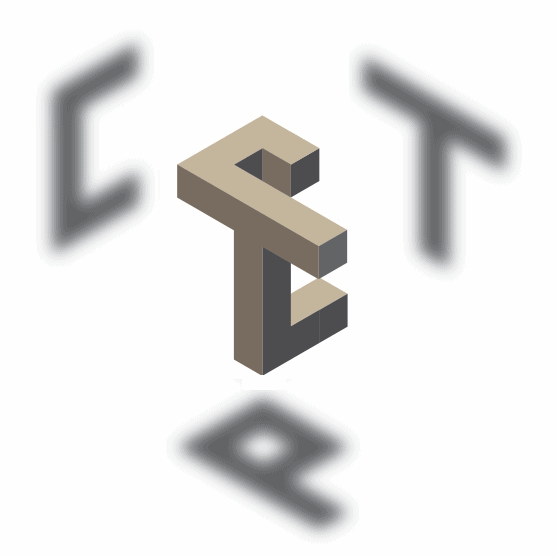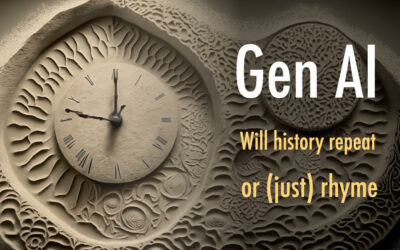I had heard of Neil Gershenfeld’s work on the Bits to Atoms Project at MIT but thought of these Fabrication Labs as being too expensive ($500,000+) or esoteric for everyday or classroom use.
But one fine day I got an email from Glen Bull from Virginia informing me of cheaper alternatives. These are computer-controlled die cutting machine that shapes paper, cardboard, and vinyl can be purchased for the same price as an ink-jet printer – that is, for less than $500. The advent of personal fabrication systems makes it possible for schools to begin exploring educational implications of the digital fabrication revolution today.
Leigh Wolf has set up a Ning group called fablabs and we just finished a meeting at SITE about these technoloies. Visit the group to see what one can do with these technologies.
The challenge of course is figuring how this technology can become an educational technology!





0 Comments